Promoting Mindfulness in Schools: A Guide for Educators
16 April 2025
In today's fast-paced world, students are constantly bombarded with distractions, stress, and anxiety. Between social media, academic pressure, and personal challenges, it's no wonder that so many young people struggle to stay present and engaged in the classroom. But what if there was a way to help students manage these stressors while also improving their focus, emotional regulation, and overall well-being? Enter mindfulness.
Mindfulness practices have been gaining traction in educational settings for a good reason. When implemented correctly, they can transform the classroom environment, benefiting both students and educators alike. If you're an educator looking to introduce mindfulness at your school, or just curious about its potential, you've come to the right place!
In this guide, we'll discuss what mindfulness is, why it's important, and practical strategies for promoting mindfulness in schools. Ready? Let's dive in!
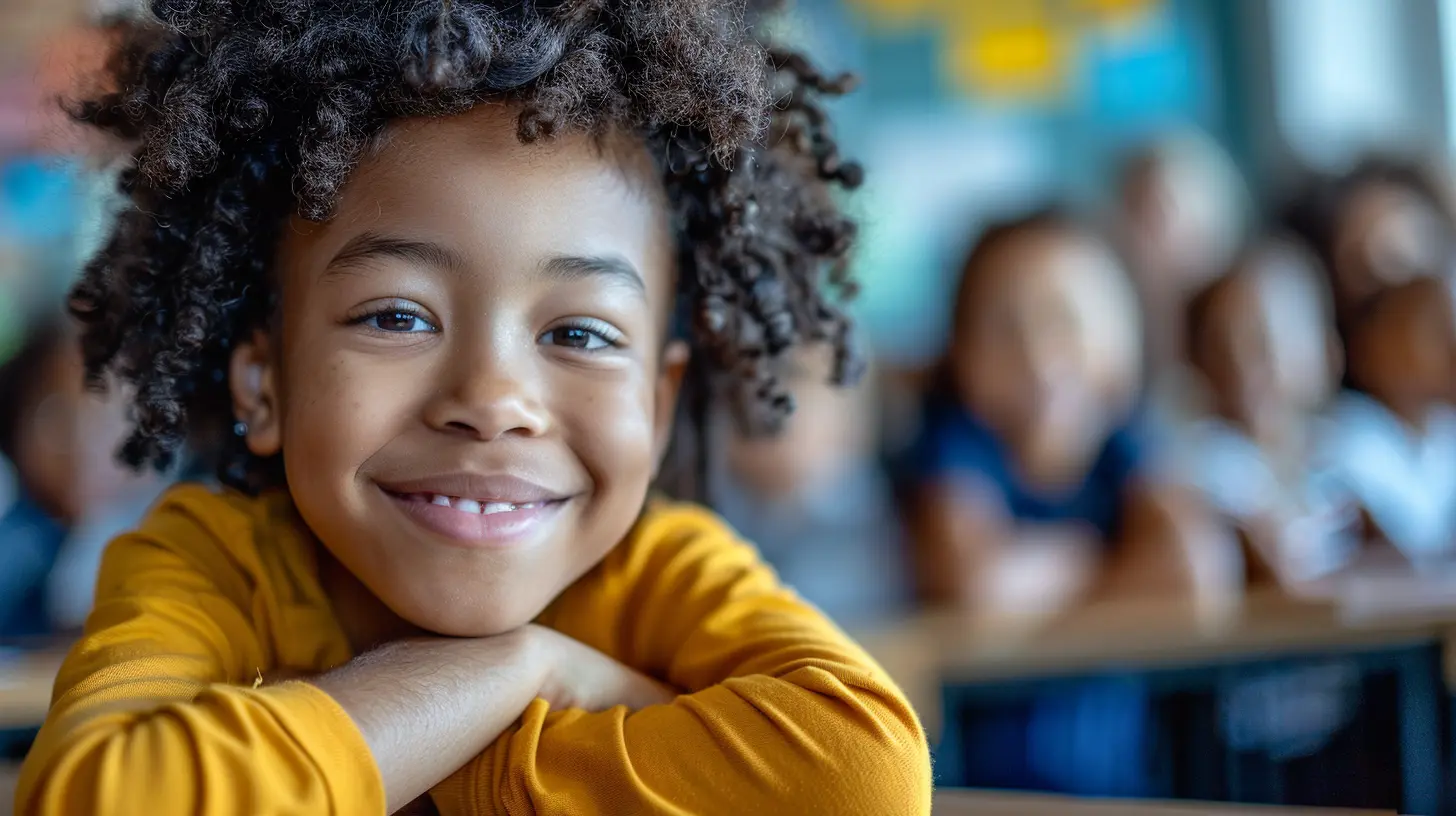
What is Mindfulness?
First things first—what exactly is mindfulness?Mindfulness is the practice of bringing one's attention to the present moment, in a non-judgmental way. It's about being fully aware of what's happening right now without getting caught up in thoughts about the past or future. Think of it as a mental workout for your brain, strengthening your ability to focus, reduce stress, and regulate emotions.
For students, this can be incredibly powerful. When they're mindful, they're better equipped to handle academic pressures, social dynamics, and the everyday ups and downs that come with growing up.
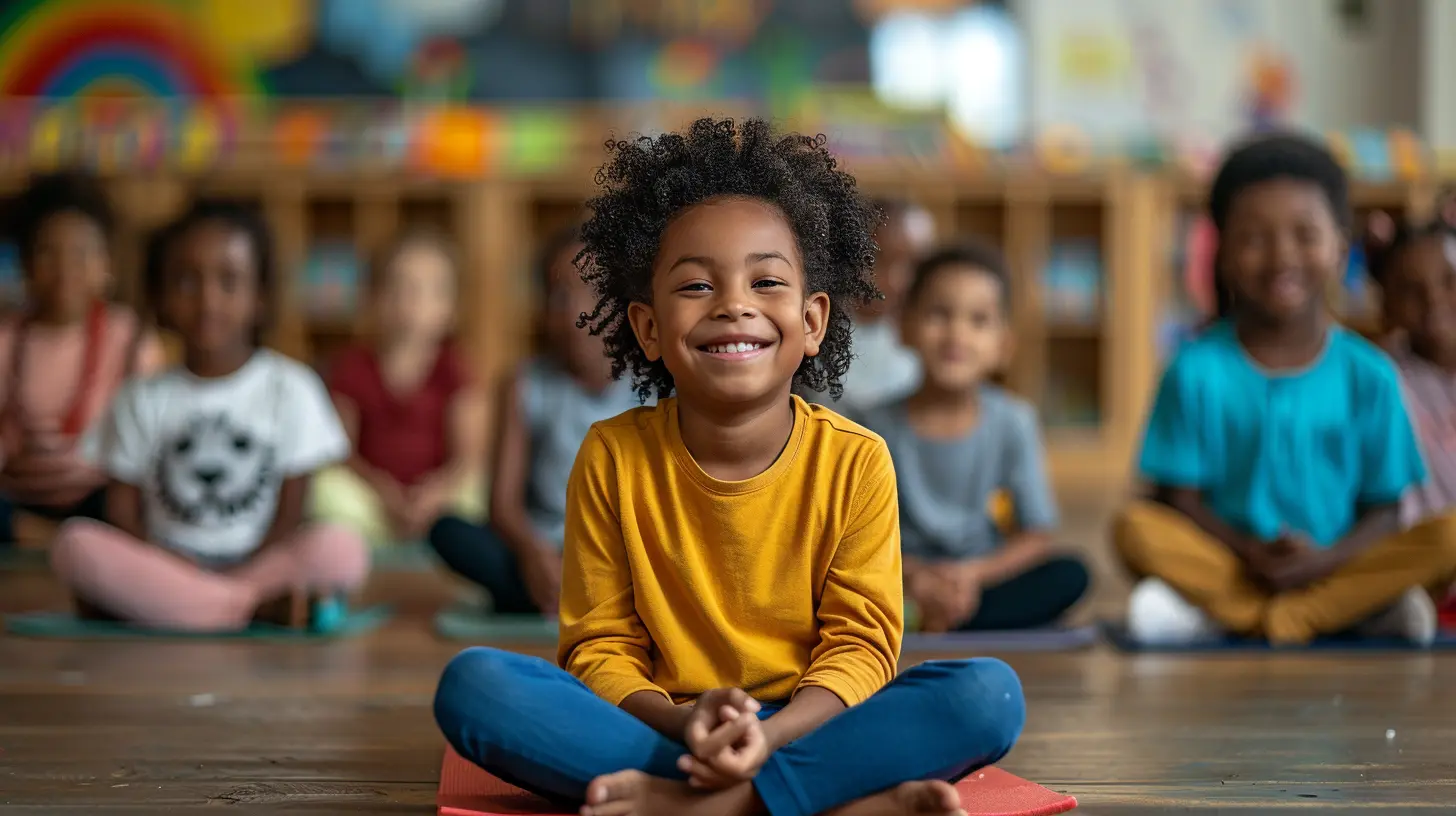
Why is Mindfulness Important for Students?
You might be wondering—why should mindfulness be a priority in schools? Isn't it just another buzzword?Not at all! In fact, there's a growing body of research that shows the benefits of mindfulness for students. Let's break down some of the key reasons why mindfulness is important in an educational setting:
1. Improved Focus and Attention
One of the most significant benefits of mindfulness is its impact on attention. By practicing mindfulness, students can train their brains to focus more effectively. Instead of getting lost in daydreams or distractions, they're able to stay present and engaged with the task at hand—whether that's listening to a lecture or working on an assignment.2. Stress Reduction
School can be a stressful environment, especially for students juggling multiple responsibilities. Mindfulness offers a way to manage stress by encouraging students to take a step back, breathe, and observe their thoughts without judgment. This can help students feel less overwhelmed and more in control of their emotions.3. Emotional Regulation
Young people often experience intense emotions, from excitement to frustration to sadness. Mindfulness helps students become more aware of their feelings and develop healthier ways to cope with them. Instead of reacting impulsively, they can respond with greater thoughtfulness and compassion—for themselves and others.4. Better Behavior and Classroom Climate
When students practice mindfulness, they're more likely to demonstrate positive behaviors such as kindness, patience, and empathy. This can lead to a more respectful and harmonious classroom environment, where both teachers and students feel supported.5. Enhanced Academic Performance
Believe it or not, mindfulness can also have a positive impact on academic success. When students are more focused, less stressed, and better able to regulate their emotions, they're in a better position to learn and perform well academically.
How to Introduce Mindfulness in Schools
Now that we've covered the "why," let's get into the "how." How can educators promote mindfulness in schools? The good news is, you don't need to be a mindfulness expert to get started. There are simple strategies that can be easily integrated into the school day.1. Start Small with Mindful Breathing Exercises
One of the easiest ways to introduce mindfulness is through breathing exercises. These can be done in just a few minutes and require no special equipment. Here's a simple exercise to try with your students:- Mindful Breathing: Ask students to sit comfortably and close their eyes. Instruct them to take slow, deep breaths, paying attention to the sensation of the air entering and leaving their lungs. If their minds wander (which they will!), gently remind them to bring their focus back to their breath.
This exercise can be done at the beginning of class to help students settle in, or during transitions to refocus their attention.
2. Incorporate Mindful Moments into the School Day
Mindfulness doesn't have to be a separate activity—it's something that can be woven into the fabric of the school day. Here are a few ideas:- Mindful Eating: Encourage students to practice mindfulness during lunch by paying attention to the taste, texture, and smell of their food.
- Mindful Walking: During recess or breaks, invite students to walk mindfully by focusing on the sensation of their feet on the ground and the movement of their body.
- Mindful Listening: During discussions or group activities, remind students to listen mindfully by giving their full attention to the speaker without interrupting.
3. Use Guided Meditation or Mindfulness Apps
If you're new to mindfulness, using guided meditations or mindfulness apps can be a great way to get started. There are many resources designed specifically for educators and students. Some popular options include:- Headspace for Educators: Offers free access to mindfulness resources for K-12 teachers.
- Calm Schools Initiative: Provides free mindfulness tools for teachers to use in the classroom.
- Smiling Mind: A free mindfulness app with programs tailored for different age groups.
These tools can be used for short meditation sessions at the beginning or end of the day, or as a way to help students unwind before exams or other stressful events.
4. Create a Mindfulness Corner in the Classroom
A mindfulness corner is a designated space in the classroom where students can go to practice mindfulness when they're feeling overwhelmed, anxious, or distracted. It doesn't have to be elaborate—just a quiet spot with a few calming items like soft pillows, sensory toys, or a mindfulness journal.Encourage students to use the mindfulness corner as a way to take a break, reset, and return to class with a clearer mind.
5. Encourage Journaling for Reflection
Mindfulness isn't just about being present in the moment—it's also about reflecting on experiences with kindness and curiosity. One way to encourage this is through journaling. Give students time (even just 5 minutes) to write about their thoughts, feelings, and what they noticed during mindfulness exercises.Journaling can help students process their emotions and gain insight into their own minds, which is a key component of mindfulness.
6. Lead by Example
As an educator, one of the most powerful ways to promote mindfulness is by practicing it yourself. When students see you engaging in mindfulness, they're more likely to take it seriously and follow suit. You don't need to be perfect—just show them that you're committed to the practice and willing to learn alongside them.You might even share your own experiences with mindfulness, whether it's how you use it to manage stress or how it helps you stay focused during a busy day.
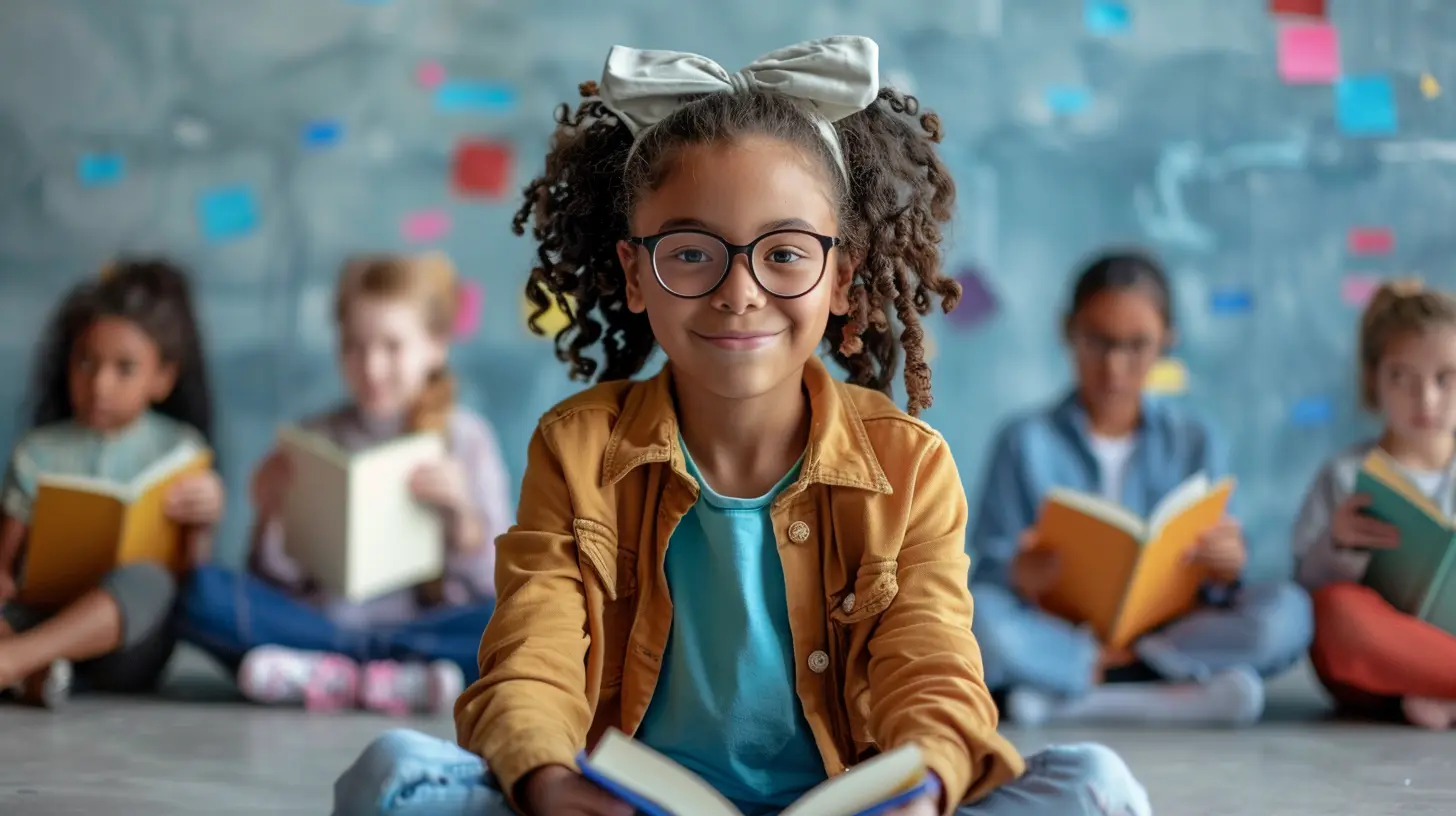
Overcoming Challenges When Implementing Mindfulness
Of course, like anything new, implementing mindfulness in schools can come with its own set of challenges. Here are some common obstacles educators might face, along with strategies to overcome them:1. Student Resistance
Some students may initially resist mindfulness practices, especially if they're unfamiliar with the concept. They might see it as "boring" or "weird." To overcome this, start small and keep it fun. Frame mindfulness as a tool to help them feel better and more in control, rather than something they have to do.2. Time Constraints
With packed schedules and curriculum demands, it can be difficult to find time for mindfulness. However, mindfulness exercises don't need to take long. Even just a few minutes a day can make a difference. You can also integrate mindfulness into existing routines, such as during transitions or before tests.3. Lack of Resources
If you're unsure where to start or feel like you don't have the resources to implement mindfulness, remember that there are plenty of free tools and programs available. Apps, guided meditations, and online courses can provide all the guidance you need.The Long-Term Benefits of Mindfulness in Schools
When mindfulness is implemented consistently, the long-term benefits are undeniable. Students who practice mindfulness regularly are more likely to develop skills that will serve them well beyond the classroom, including:- Resilience: The ability to bounce back from setbacks and challenges.
- Emotional Intelligence: Understanding and managing their emotions and those of others.
- Self-Regulation: Staying calm and focused during difficult situations.
- Compassion: Showing kindness toward themselves and others.
In a world that can often feel chaotic and overwhelming, these are invaluable life skills that will support students throughout their lives.
Final Thoughts
Promoting mindfulness in schools isn't just about helping students focus better or behave more appropriately—it's about giving them the tools to navigate the complexities of life with grace and resilience. As educators, we have the opportunity to create a learning environment that fosters not only academic success but also emotional well-being and personal growth.So why not give it a try? Whether you start with a simple breathing exercise or dive into a full mindfulness curriculum, the benefits of mindfulness for both you and your students will be well worth the effort. After all, in a world filled with distractions, the ability to stay present is a gift we can all benefit from.
all images in this post were generated using AI tools
Category:
Mental Health In SchoolsAuthor:

Madeleine Newton
Discussion
rate this article
7 comments
Finn Gibson
Mindfulness in schools cultivates a nurturing environment for growth and learning. By fostering awareness, we empower students to thrive academically and emotionally. Let's lead the way!
May 6, 2025 at 7:47 PM

Madeleine Newton
Thank you for your insightful comment! I completely agree that mindfulness is essential for nurturing both academic and emotional growth in students. Together, we can make a positive impact!
Claire McMurtry
Integrating mindfulness in schools fosters emotional resilience and enhances student well-being. By equipping educators with practical strategies, we can cultivate a more compassionate and focused learning environment, ultimately empowering students to navigate challenges with greater awareness and improved mental health.
April 25, 2025 at 8:06 PM

Madeleine Newton
Thank you for your insightful comment! Integrating mindfulness in schools is indeed crucial for fostering student well-being and resilience. It empowers both educators and students to thrive in a supportive learning environment.
Fallon McAdoo
Great insights on integrating mindfulness in education! This guide empowers educators to foster emotional well-being and resilience in students, creating a more supportive and focused learning environment. Thank you for sharing!
April 17, 2025 at 7:15 PM

Madeleine Newton
Thank you for your kind words! I'm glad you found the guide helpful in promoting mindfulness and emotional well-being in education.
Lucas Sanders
This article serves as a valuable resource for educators seeking to incorporate mindfulness into the classroom. By promoting awareness and emotional regulation, schools can enhance students' well-being and focus. Practical strategies and insights provided here will empower teachers to create a more mindful learning environment for their students.
April 17, 2025 at 10:39 AM

Madeleine Newton
Thank you for your kind words! I'm glad you found the article helpful in promoting mindfulness in education.
Phaedron Kelly
Mindfulness fosters resilience and focus in students. Integrating it into education not only enhances learning, but nurtures emotional well-being too.
April 17, 2025 at 4:43 AM

Madeleine Newton
Thank you for your insight! I completely agree that mindfulness is essential in education for both academic success and emotional health.
Cruz Rhodes
Mindfulness in schools? Absolutely! But let’s not kid ourselves—it's not just about sitting in silence. Educators need to bring the sass and creativity to these practices. Let’s make mindfulness as engaging as a TikTok dance challenge. Who’s ready to vibe with it?
April 16, 2025 at 12:14 PM

Madeleine Newton
Absolutely! Engaging and creative approaches can make mindfulness both fun and effective in schools. Let’s inspire students with innovative practices!
Clarissa Blair
Mindfulness in schools? Yes, please! Imagine classrooms where kids practice being present instead of just learning present perfect. Let's turn 'mind-full' into 'mindful'!" 🧘♂️📚✨
April 16, 2025 at 2:42 AM

Madeleine Newton
Absolutely! Integrating mindfulness in classrooms fosters emotional well-being and enhances learning, creating a more balanced educational experience. Let's make mindfulness a priority! 🧘♂️📚✨
MORE POSTS
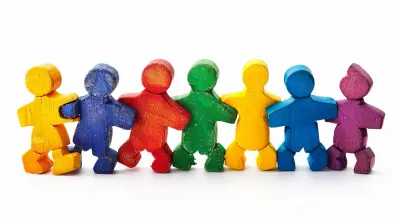
Cooperative Learning Strategies for Group Activities

The Role of Positive Reinforcement in Building Strong Study Habits

Strategies for Teachers to Support Student Mental Health
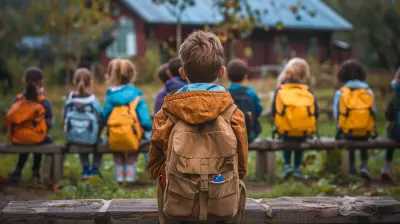
Addressing the Stigma Around Mental Health in Schools

Developing Long-Term Study Habits for Lasting Academic Success

How to Set SMART Goals for Skill Development